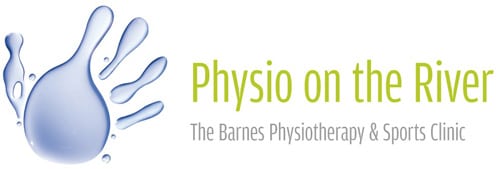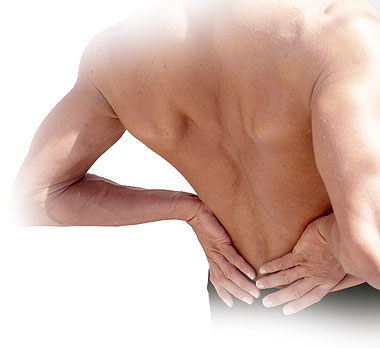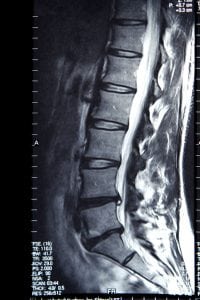Back facts – what every person should know about low back pain
A group of Physiotherapists and scientists led by Pete O’Sullivan have put together 10 myth-busting back facts about low back pain which we would like to share with you.
Our beliefs and fears about pain are developed gradually through our experiences of life and from our role models and what others tell us but they are not always correct!
See how many of these facts surprise you and use them to get a better understanding of the science behind it all. Use this new knowledge to recover quickly from low back pain.
Persistent back pain can be scary, but it’s rarely dangerous
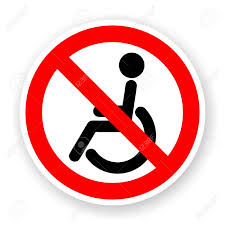 Persistent back pain can be distressing and disabling but it is rarely life-threatening and you are very unlikely to end up in a wheelchair.
Persistent back pain can be distressing and disabling but it is rarely life-threatening and you are very unlikely to end up in a wheelchair.
Getting older is not a cause of back pain
This is a back fact for low back pain that might surprise a lot of people. Although it is a widespread belief and concern that getting older causes or worsens back pain, research does not support this and evidence-based treatments can help at any age.
Persistent back pain is rarely associated with serious tissue damage
Backs are strong! If you have had an injury, tissue healing occurs within three months, so if pain persists past this time, it usually means there are other contributing factors. A lot of back pain begins with no injury or with simple everyday movement. These occasions may relate to stress, tension, fatigue, inactivity or unaccustomed activity which make the back sensitive to movement and loading.
Scans rarely show the cause of back pain
Scans are only helpful in a minority of people. Lots of scary sounding things can be reported on scans such as disc bulges, degeneration, protrusions, arthritis, etc. Unfortunately, the reports don’t say that these findings are very common in people without back pain and that they don’t predict how much pain you feel or how disabled you are.
Scans can also change, and most disc prolapses shrink over time. This is probably the most frequently misunderstood back fact in low back pain.
Pain with exercise and movement doesn’t mean you are doing harm
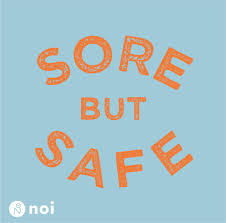 When pain persists, it is common that the spine and surrounding muscles become really sensitive to touch and movement. The pain you feel during movement and activities reflects how sensitive your structures are – not how damaged you are.
When pain persists, it is common that the spine and surrounding muscles become really sensitive to touch and movement. The pain you feel during movement and activities reflects how sensitive your structures are – not how damaged you are.
So it’s safe and normal to feel some pain when you start to move and exercise. This usually settles down with time as you get more active. In fact, exercise and movement are one of the most effective ways to help treat back pain.
Back pain is not caused by poor posture
How we sit, stand and bend does not cause back pain even though these activities may be painful. A variety of postures are healthy for the back. It is safe to relax during everyday tasks such as sitting , bending, and lifting with a round back – in fact, it’s more efficient! However, adopting one particular posture for a long period may not be so smart.
Back pain is not caused by a ‘weak core’
Weak ‘core’ muscles do not cause back pain, in fact people with back pain often tense their ‘core’ muscles as a protective response. This is like clenching your fist after you’ve sprained your wrist. Being strong is important when you need the muscles to switch on, but being tense all the time isn’t helpful. Learning to relax the ‘core’ muscles during everyday tasks can be helpful.
Backs do not wear out with everyday loading and bending
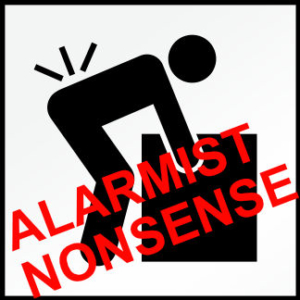 The same way lifting weights makes muscles stronger, moving and loading make the back stronger and healthier.
The same way lifting weights makes muscles stronger, moving and loading make the back stronger and healthier.
So activities like running, twisting, bending and lifting are safe if you start gradually and practise regularly.
It’s important to build up the strength that will allow you to carry out these everyday functions but be mindful of your own limitations until you have reached full strength.
Pain flare-ups don’t mean you are damaging yourself
While pain flare-ups can be very painful and scary, they are not usually related to tissue damage. The common triggers are things like poor sleep, stress, tension, worries, low mood, inactivity or unaccustomed activity. Controlling these factors can help prevent exacerbations, and if you have a pain flare-up, instead of treating it like an injury, try to stay calm, relax and keep moving!
Injections, surgery and strong drugs usually aren’t a cure
 Spine injections, surgery and strong drugs like opioids aren’t very effective for persistent back pain in the long term. They come with risks and can have unhelpful side effects. Finding low-risk ways to put you in control of your pain is the key.
Spine injections, surgery and strong drugs like opioids aren’t very effective for persistent back pain in the long term. They come with risks and can have unhelpful side effects. Finding low-risk ways to put you in control of your pain is the key.
Take home messages:
- Keep a positive attitude and don’t assume the worst when you are in pain
- Your age is not a barrier to getting treatment on your back
- Remember your back is remarkably strong. If you have pain beyond 3 months come and see Richard Game, our physio who has taken a master’s degree specialising in the treatment of pain (especially chronic pain) and can help you with strategies to reduce the pain
- Don’t put too much emphasis on scan results and don’t be intimidated by complicated terms
- Remember that exercise helps low back pain and pain does not necessarily mean harm or damage
- Backs like to be kept moving so it’s safe to adopt a variety of sitting postures.
- We often find it’s not so much muscle weakness but tension in the back that causes more problems. So chill out!
- Don’t avoid lifting and loading your back but build it up gradually so your back strengthens and you can perform all sorts of everyday tasks safely
- In a pain flare-up stay calm and keep moving
- Before considering surgery seek a low risk way to get control of your pain. Physiotherapy, massage, personal training, Pilates and yoga can all have a part to play.
Next steps:
If you would like to book an appointment to see a Physiotherapist, find out more about our classes, massage or Personal training, just call us on 020 8876 5690 or email us here.
